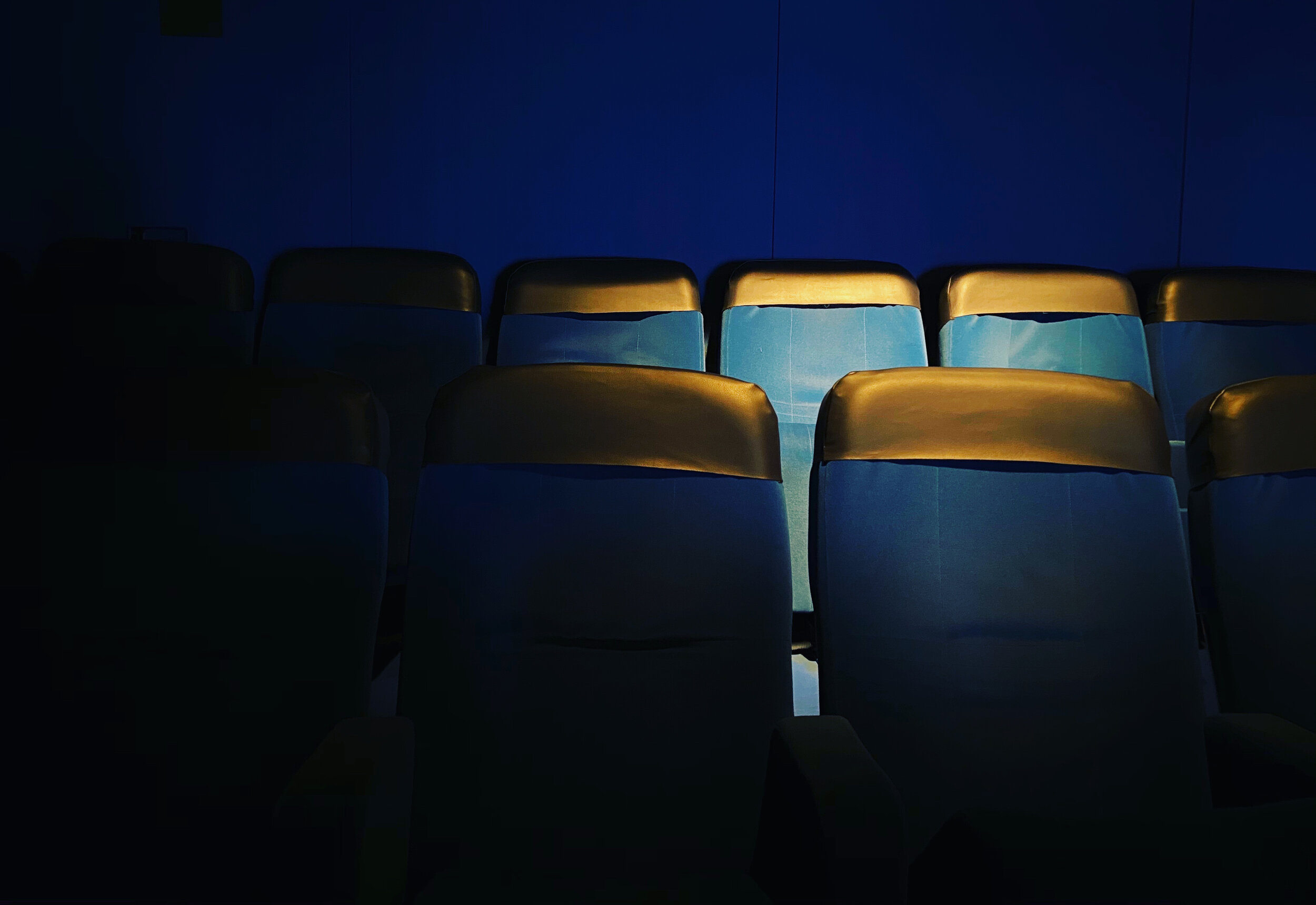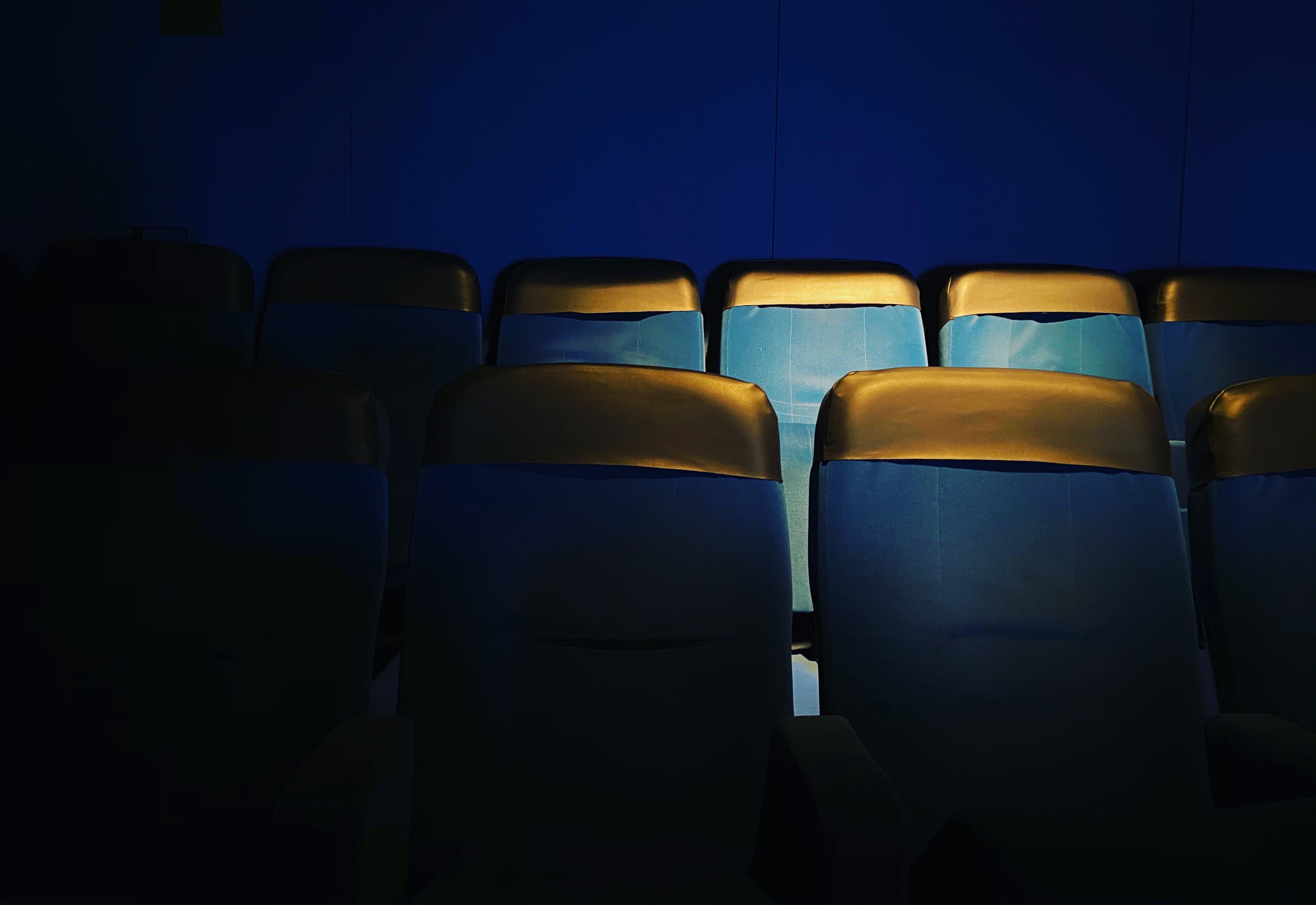Can we laugh at everything under the pretext that it is art?

Humour can help break down barriers on important topics. It can challenge prejudice. It can offend. It can hurt people. Humour can lead to threats and death. Humour can be an act of survival. It can be resistance. Humour is a necessity, especially in art.
Photo by Canan Marasligil.
“As artists, we must push ourselves to do better than building our voices at the expense of others, especially systemically disadvantaged groups. We need to acknowledge the power gap in any expression we want to create with humour. ”
Often times, talking about humour leads to debates on freedom of expression, morality and political correctness; to the question: can we laugh at everything under the pretext that it is art?
A question we will approach differently, with our own set of perspectives and sensitivities. There is no straightforward answer: yes, we can or no, we cannot. By saying no, I may breach someone’s freedom of expression, and by saying yes, I may open a door for disrespect or even hatred.
Sometimes, it is clear to me where I stand: I dream of a world where we can freely laugh at anything, anytime, without it to have to cost anyone’s dignity or life. Other times, I get angry at that freedom, which is used to stigmatize and project hatred against people whose agency have been taken away from them.
Not having one answer most certainly means this: we need to dwell on the question and create a space where constructive disagreement is possible. The reflection itself matters: the very act of questioning and remaining critical requires a constant level of effort.
Artists are not disconnected from their environment, art is not created in a vacuum. Each of us create and experience art within specific contexts: personal, geographical, political, historical, sociological, cultural. The perspectives of the creator and the viewer will influence how they feel about humour in an artwork.
I have initially written this spoken column for an event with the theme: Engagement and Art at the COBRA Museum in 2018.
When I think about engagement, I think globally.
Issues we are facing in different geographies, across many political and sociological contexts, have a lot in common – hatred, exclusion, violence – and most importantly, what we see every day, everywhere, is POLARIZATION.
“There is a fine line between policing and critiquing. I do not wish to police anyone’s creativity, I wish to challenge laziness and question the lack of effort to create beyond stereotypes. ”
ART is needed to go beyond the various simplified discourses, and HUMOUR is a most efficient way to get ideas across: making people think about serious issues while they laugh. When I think about engagement, I also think about freedom. To challenge the status quo, one needs freedom. Does this mean that artists get a pass to laugh at anything they like, the way they want to? If the country where they create and showcase their work guarantees freedom of expression, and they do remain in the definition of such liberty, yes, of course they can. The viewer equally holds the right to criticize, dislike, challenge, or even be offended by one’s work.
Artworks – whether it is a painting, a film, a comic book, a play – have an impact on our societies, and therefore, on people. Artists are members of these societies. So, one cannot look at an artwork without thinking about the context in which it was created, why and for whom. Even if the artist does not think of a specific audience, the space showcasing the work does: a museum, a cinema, a festival, a public space… How we access the work and where, matters.
The very fact that the COBRA Museum opens this discussion, offering a space to exchange ideas and opinions, and share creative expressions on this topic, is an immensely positive act. It is also proof that asking the question is very much on all our minds.
Does it mean I have an answer? NO. What I do have is a personal reflection.
Twenty years ago, in Brussels - the city where my parents migrated to from Turkey - I was in a play directed by a playwright, actor and writer who became a friend. Our socio-cultural backgrounds were worlds apart, theatre was a common language.
I recently saw her latest play: a revenge story of a bourgeois woman against a husband in mid-life crisis. It was cynical and funny. I laughed with the rest of the audience, except when she made lazy use of racist tropes (including the Albanian mafia and Islamic terrorism). Two of them left me critical of her choices, one particular moment hurt my feelings.
It was the moment in the play when the audience laughed the most: when I felt diminished. Out of place, once again, invisible.
One of the pranks the character - dressed in her white pearls, white pants and pale salmon polo shirt - does during the play, is leaving an unidentified parcel at a conference venue where her husband is supposed to speak. She creates a false alert so that his talk will get cancelled as the whole venue will be evacuated. The character describes the contents of the suspicious parcel, ending in a triumphant voice that: in the package she has included a Quran.
Spotlight on my friend’s proud face. Lights dim down, and the laughs intensify. End scene.
She is elevated, I am drowning.
While I describe the scene and try to explain to you how I felt in that theatre, I also attempt to understand, and question my own sense of humour. I ask myself: why did it hurt?
I do know that it is not my friend who is speaking, and that these actions fit perfectly with this character’s background and perspective on the world. I wonder if I would have burst into laughter if the text was written by someone using their own agency to reclaim a stereotype about a religion made of millions?
If I feel diminished and rejected, it is not because I am a fervent believer or a practicing Muslim. I am not offended.
I feel squeezed in a box and unwelcome. I feel the way I have felt most of my childhood and youth, and sometimes still today: OTHERED. Once again, I was “the Other”.
The reason is not the story itself, the text, or that character. The issue is not the play. What this feeling of estrangement highlights is that in order to be able to laugh at everything, we need to make everything visible.
Which leads me to another question: are we all equally free to produce, to think and to express ourselves?
We need equal representation in the arts and culture, so this stereotype – that could indeed be very funny – can be challenged by other voices creating many other images and representations of the significance or insignificance of a Quran within a society.
My friend could have built her punch line at the expense of those in power whose fear too easily turns into othering so many people who are part of the same society they live in.
Instead, she made the conscious decision to joke at the expense of an already stigmatized group.
Setting the joke in this way reinforced certain divisions, as she chose to treat them as natural and unquestioned.
I have tried to explain this to my friend, after the play, and she became very defensive. Once again, I was the one who had to justify why I felt that way. Yet, I keep questioning my own perception. If this is just a subjective vision of someone on the world, shouldn’t I just let it go? I do not want to let it go because I also want to laugh out loud at jokes about the religion I was born into. And believe me, I have many reasons to do so.
The imbalance between what we can and cannot laugh at is established within POWER, and that is what we need to look at and challenge. Michel Foucault wrote: "where there is power, there is resistance”. Humour, which we all need tremendously, is a form of resistance. It always has to serve to remind us that art can be that element, that force which constantly questions and challenges power that presents itself as natural, or, normal.
There is a fine line between policing and critiquing. I do not wish to police anyone’s creativity, I wish to challenge laziness and question the lack of effort to create beyond stereotypes.
As artists, we must push ourselves to do better than building our voices at the expense of others, especially systemically disadvantaged groups. We need to acknowledge the power gap in any expression we want to create with humour.
When we talk about inclusion, diversity and equal opportunity, some people shout, accusing such attempts as being “political correctness” – and most of the time, they shout atop their own unacknowledged privilege. While I do advocate for a wider diversity of voices in the arts and culture – at all levels, from creators to decision makers – I also insist on the upmost importance of freedom of expression. Thinking further about one’s choices as an artist and how these will impact people is not applying self-censorship.
I know how censorship works: my country of birth’s current regime keeps silencing anyone who would dare to speak against power, let alone make jokes. Cartoonists, writers, and many artists in Turkey are under threat, not only of being imprisoned, but their very lives are in danger. Globally, we have all seen how far religious fanaticism can go because of a few cartoons. I will never question the essential need of the basic human right that is freedom of expression, which we still need to keep fighting for in many places.
As artists, writers, creators and curators of artistic content, we need to be fully aware of the political climate in which we function, and we need to keep challenging the narratives of hatred and polarization: Laughing with the stereotypes and all the voices we may not always understand. And not laughing at the expense of those that have been casted as “others” by a hegemonic group.
The example of my friend’s play shows how we may fall into the ease of using someone or a group’s vulnerability which, when done without questioning, fails to become art. Humour used in an artwork should serve to make us think and not only to entertain.
May all our experiences smash those stereotypes, let us – artists from all horizons – reclaim our own images, make fun about it, on our own terms, and may we all laugh together at our collective folly.
This piece was originally written as a spoken column, commissioned by the COBRA Museum of Modern Art in February 2018. It is published for the first time. I have made a couple of small updates, but left the spoken structure as it is.
Writer, Literary Translator, Artist based in Amsterdam.
Canan (she/they) publishes a newsletter and podcast titled The Attention Span, taking the time to reflect, to analyse and to imagine our societies through writing, art and culture.
